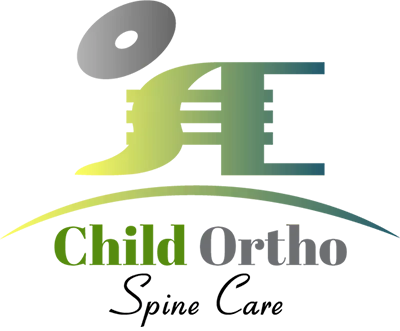Arm Deformity Treatment For Children In Gurgaon
Arm deformities in children can occur due to various factors, including congenital abnormalities or acquired conditions. One specific arm deformity is pseudoarthrosis humerus, characterized by a non-union or incomplete union of the humerus bone in the upper arm.







